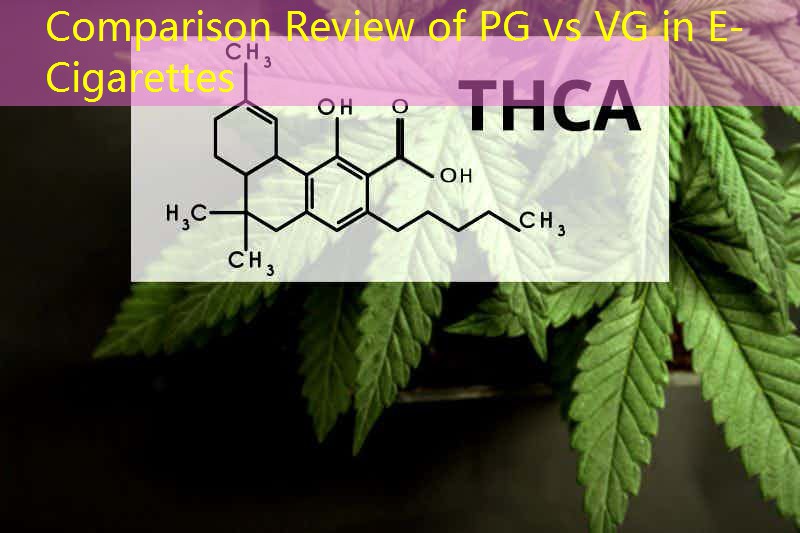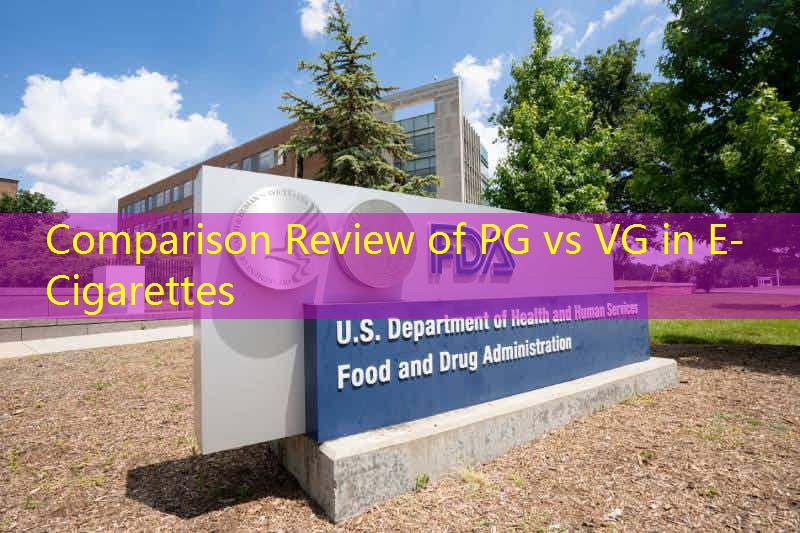Introduction to PG and VG: Understanding the Basics of E-Liquids
In the burgeoning world of e-cigarettes and vaping, one of the most essential aspects of e-liquids is the balance of ingredients that create the experience users enjoy. Among these ingredients, Propylene Glycol (PG) and Vegetable Glycerin (VG) stand out as the primary components responsible for the texture, throat hit, and vapor production of vaping products. Understanding the properties, uses, and differences of PG and VG can help vapers make informed choices about their e-liquids and enhance their overall experience.
What is PG and VG?
Propylene Glycol (PG) is a synthetic organic compound that is widely used in various food and pharmaceutical products. Known for its low viscosity, PG is an excellent carrier for flavors and has a stronger throat hit, making it popular among those transitioning from traditional cigarettes.
On the other hand, Vegetable Glycerin (VG) is a natural compound derived from plant oils. It is thicker than PG and is known for producing more vapor and a sweeter taste. VG is often favored by those who enjoy a smoother vaping experience and are looking for a denser cloud.
The Benefits of Using PG
There are several advantages to using PG in e-liquids, making it a preferred choice for many vapers:

1. Better Flavor Absorption: PG has the unique ability to carry flavors effectively, resulting in a more flavorful vaping experience.
2. Throat Hit: Many smokers prefer a throat hit similar to what they would experience from traditional cigarettes, and PG can provide a satisfying sensation.
3. Lower Viscosity: Its thinner consistency allows for easier wicking in devices, which can mitigate the risks of dry hits.
The Advantages of VG
While PG has its perks, VG also offers distinct advantages:
1. Cloud Production: VG is known for creating thick vapor, making it ideal for vapers who enjoy the visual aspect of cloud chasing.
2. Smoother Taste: VG provides a smoother throat hit, making it preferable for those who are sensitive to the sharpness that PG can produce.
3. Natural and Healthier Alternative: Derived from plants, VG is often perceived as a healthier option compared to synthetic compounds.
Comparative Analysis of PG and VG

To highlight the differences between PG and VG, here’s a simple comparison table showcasing their key characteristics:
| Feature | Propylene Glycol (PG) | Vegetable Glycerin (VG) |
|---|---|---|
| Viscosity | Thin | Thick |
| Throat Hit | Strong | Smooth |
| Flavor Carrier | Excellent | Good |
| Vapor Production | Moderate | High |
Choosing Between PG and VG: What’s Right for You?
When it comes to selecting e-liquids, the decision between PG and VG often boils down to personal preference. If you prioritize flavor and a solid throat hit, a PG-based e-liquid might be your best bet. Meanwhile, if you value vapor production and a smoother experience, opting for a VG-rich liquid may be more suitable.
Many brands offer a mix of both components to create a balanced vaping experience, so experimenting with different ratios can be a great way to find your perfect match.
Common Questions About PG and VG

Q1: Is PG safe to vape?
A1: Yes, Propylene Glycol (PG) is generally recognized as safe for use in food and pharmaceutical applications. When used in e-liquids, it is considered safe for vaping by public health organizations, though some individuals may experience sensitivity or allergic reactions.
Q2: Can I mix PG and VG for my e-liquids?
A2: Absolutely! Mixing PG and VG allows users to customize their e-liquids for specific preferences. Many vapers enjoy experimenting with different ratios to achieve their desired balance of throat hit and vapor production.
Q3: Does the ratio of PG to VG affect the nicotine absorption?
A3: Yes, the ratio can have an impact. Higher PG content is believed to facilitate quicker nicotine absorption, thus giving a more immediate effect to users. However, this can vary from person to person, and it’s important to find what works best for your individual preference.
In summary, understanding the differences between PG and VG is essential for vapers looking to enhance their experience. Whether through flavor, throat hit, or vapor production, these components play a crucial role in shaping what you enjoy about vaping.







